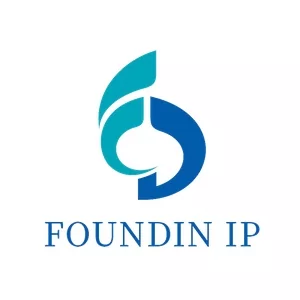The new Chinese Patent Law is confirmed to take effect on June 1, 2021. While there are 20 plus changes on different aspects of the patent system, the pharmaceutical patent linkage system is particularly conspicuous, as this is a completely new system which has never been implemented before.
Historically, the linkage system was originated from the Hatch-Waxman act of the U.S, and its objective is an early resolution of pharmaceutical patent disputes and attempts to achieve a balance between the interests of innovative pharma companies and generic pharma companies.
For the moment, the detailed measures of how to implement the linkage system in China are still under discussion and seeking for public opinions. Nonetheless, the general guideline has already been jointly published by the NMPA and the CNIPA on September 11, 2020, and the final version will probably be quite similar to that.
Basically, the key points in the guideline are:
- The NMPA will build up a platform for registering patent information of marketed drugs in China. This will be similar to the "Orange Book" in the U.S;
- The Chinese patents that can be registered in the platform are clearly defined, including: (i) patents in relation to an active ingredient of a chemical drug, (ii) patents in relation to a pharmaceutical composition comprising an active ingredient, (iii) medical use patents; (iv) patents in relation to sequence structures of biological preparations; (v) patents in relation to a composition of traditional Chinese medicine (TCM); and (vi) patents in relation to TCM extracts. Apparently, chemical drug, biological preparations and TCMs can all be registered on the platform, but not any patents on methods for preparing the drug.
- The applicant shall make a non-infringement statement (I, II, III and IV) at the time of applying for market approval. In particular, Type IV statement is that "the drug does not fall within the scope of the relevant patent(s)" or "the relevant patent(s) listed in the platform shall be declared invalid", and this is commonly known as a real "patent challenge".
- The patentee or the parties of interest can file an opposition, at the court or the CNIPA, against any of the non-infringement statements within 45 days from the date of public notice of the application for market approval.
- The NMPA shall set forth a stay period of 9 months from the date when the opposition is accepted by the court or the CNIPA. During the stay period, the technical examination on the drug by the NMPA will not pause. Interestingly, biological preparations and traditional Chinese medicines are excluded from the 9-month stay period according to the current draft guideline.
- Regarding the non-infringement statement, if the statement is under Type I, II or III, the NMPA's decision on market approval will be mainly based on the technical examination of the drug only. If the statement is under Type IV, the NMPA's decision will be based on the technical examination of the drug in conjunction with the decisions of patent infringement or validity of the patents made by the CNIPA or the court.
- Last but most importantly, for the first generic that successfully challenged the patent and obtained the market approval, the NMPA will grant a 12-month market exclusivity, in order to encourage generic companies to keep challenging the patent(s).
For the moment, a lot of discussions from the pharmaceutical IP industry are focused on the duration of the three timings above, i.e., 45 days for filing an opposition; 9 months of the stay period; and 12 months of the market exclusivity for the first generic. Some companies think the 9-month stay period would be too short, while other companies consider that 12-month market exclusivity may be too long, etc.
In our opinion, China is a huge generic country which is very different from the U.S, Europe or Japan, and thus these timelines will probably be designed in a way that is slightly favorable to generic companies in a short run, because generic companies represent a majority that contribute to the economic growth at the moment in this sector. Therefore, in order to encourage the generic companies to actively challenge the patents, the proposed market exclusivity for the first generic will be longer than the U.S system (12 months vs. 180 days), and the proposed stay period has to be shorter than the U.S. system (i.e., 9 months vs. 30 months).
Conceivably, it is a difficult task to fully balance the interests of innovative sides and generic sides. We sincerely hope the final version of the linkage guideline will be fair and neural for both parties. We will continue to report on this, and will see if the CNIPA and the NMPA will revise the guidelines under the pressure of the public opinions.
The content of this article is intended to provide a general guide to the subject matter. Specialist advice should be sought about your specific circumstances.


